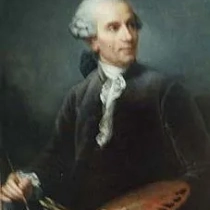 1714 - 1789
realism
1714 - 1789
realism
Description Claude-joseph Vernet
Claude-Joseph Vernet, born in 1714 in Avignon, embarked on a lifelong romance with the sea and landscapes that would etch his name into the annals of French art. Growing up in an artistic milieu, Vernet inherited a passion for painting from his father. However, it was his own maritime adventures that fueled his artistic imagination.
Vernet's art navigates the confluence of realism and romanticism. His seascapes, infused with a luminous palette, became windows into the tempestuous drama of nature. Beyond mere representation, Vernet's canvases are lyrical orchestrations where light dances on waves and clouds whisper tales of maritime adventures.
His artistic journey took him to Rome, where he absorbed the grandeur of Italian landscapes. The transformative experience manifested in his landscapes, where the sublime beauty of nature met the precision of architectural detailing. Vernet's prowess in capturing the effects of light and atmospheric nuances set him apart in the 18th-century art scene.
The commission to paint a series depicting French ports for Louis XV catapulted Vernet to artistic acclaim. His keen eye for detail and a penchant for infusing life into his compositions made him a sought-after artist among European elites. His paintings, whether depicting serene harbors or turbulent seas, evoke a sense of poetic realism.
Vernet's legacy extends beyond his artistic achievements. His role as a teacher and mentor to future generations of artists, including his son Carle Vernet, ensured the perpetuation of his artistic principles. The Vernet dynasty became synonymous with a distinctive approach to landscape and marine painting.
As an artist straddling the Age of Enlightenment and the burgeoning Romantic era, Vernet's works encapsulate the evolving relationship between man and nature. His seascapes are not just maritime scenes but narratives that transcend the canvas, inviting viewers to contemplate the sublime forces that shape our world.
Claude-Joseph Vernet's life's work is a testament to the transformative power of art. Through his brush, he not only captured the external beauty of landscapes and seascapes but also unraveled the profound dialogue between humanity and the natural world. In the ebb and flow of his compositions, Vernet's legacy endures as a master mariner of the canvas, navigating the seas of imagination with unparalleled artistic finesse.
Gallery
Paintings Claude-joseph Vernet
F.A.Q Section
"The Storm" (1759): A dramatic seascape depicting a violent storm at sea, showcasing Vernet's ability to capture the power and turbulence of nature.
"The Port of Rochefort" (1762): An atmospheric coastal scene exemplifying Vernet's mastery in rendering the effects of light and atmosphere.
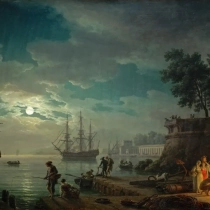
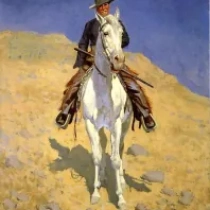
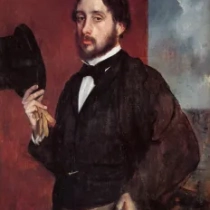
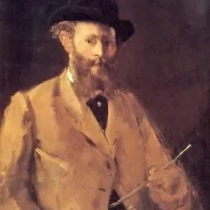
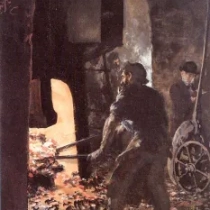

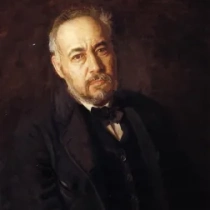
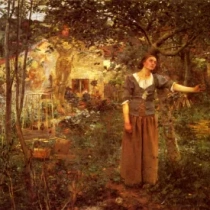
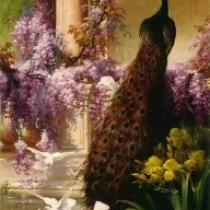
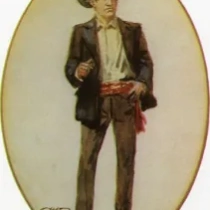

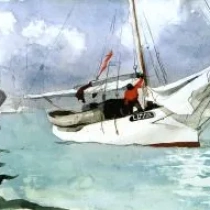

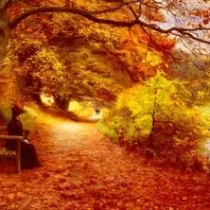
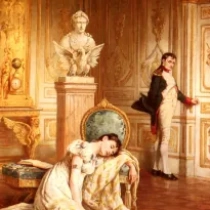
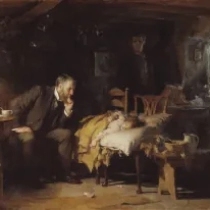

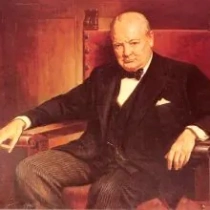
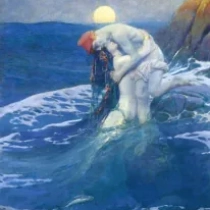
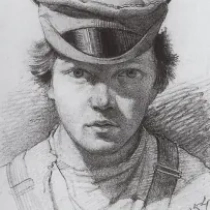
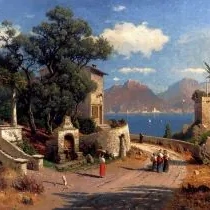
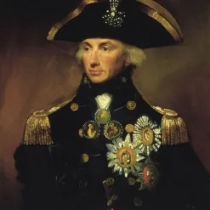
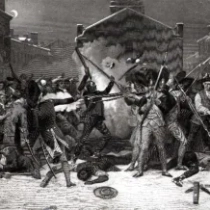
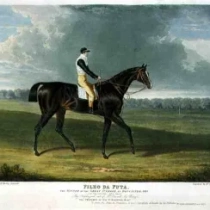
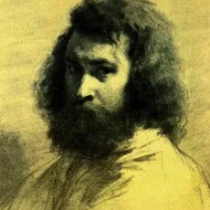
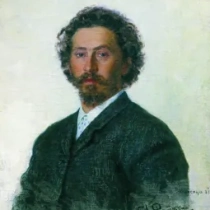


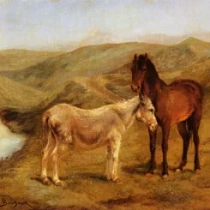
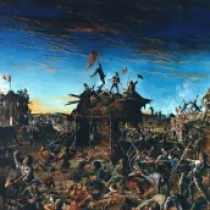
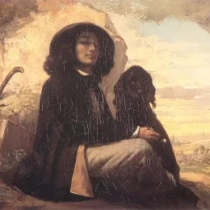
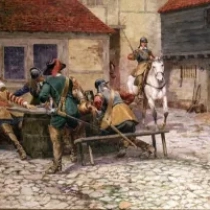




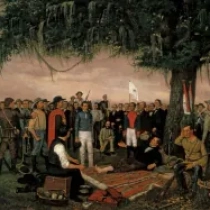
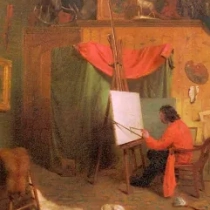
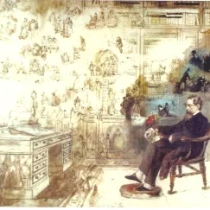
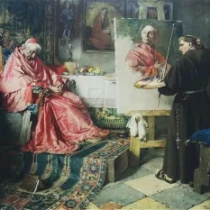
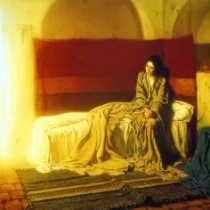
No Comments Yet...